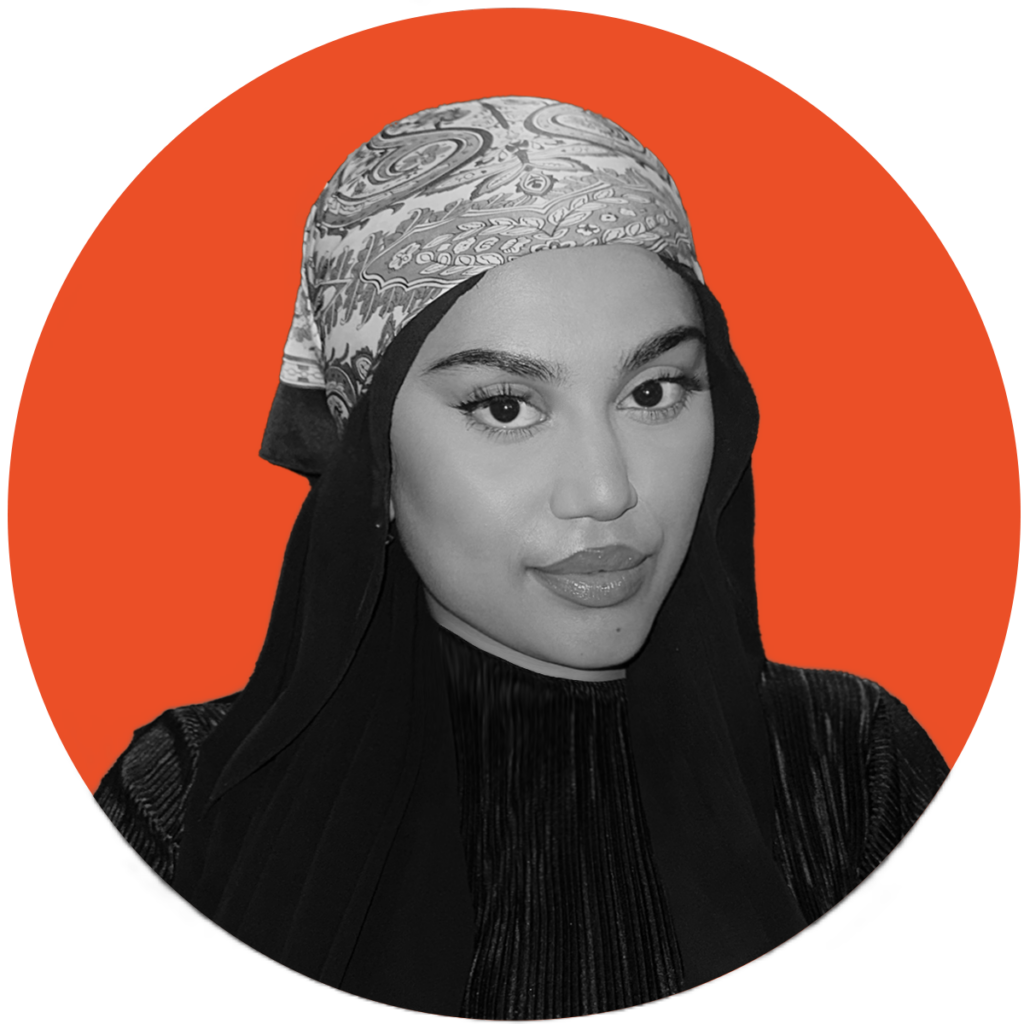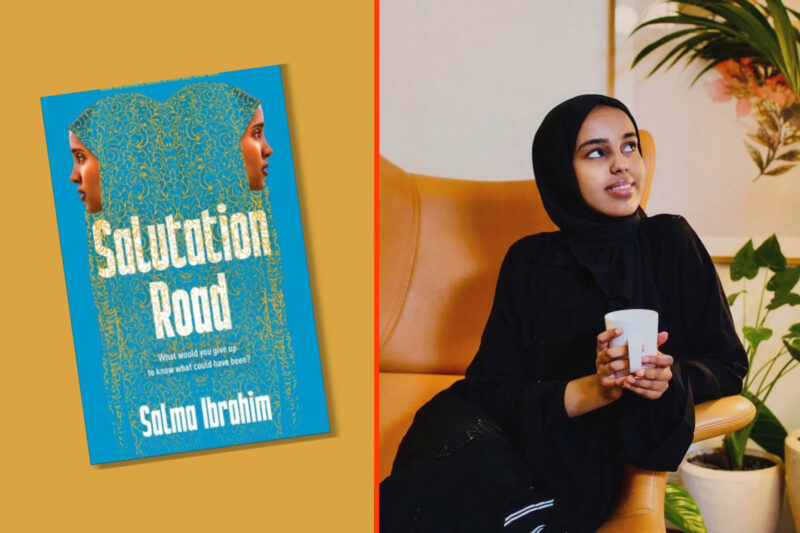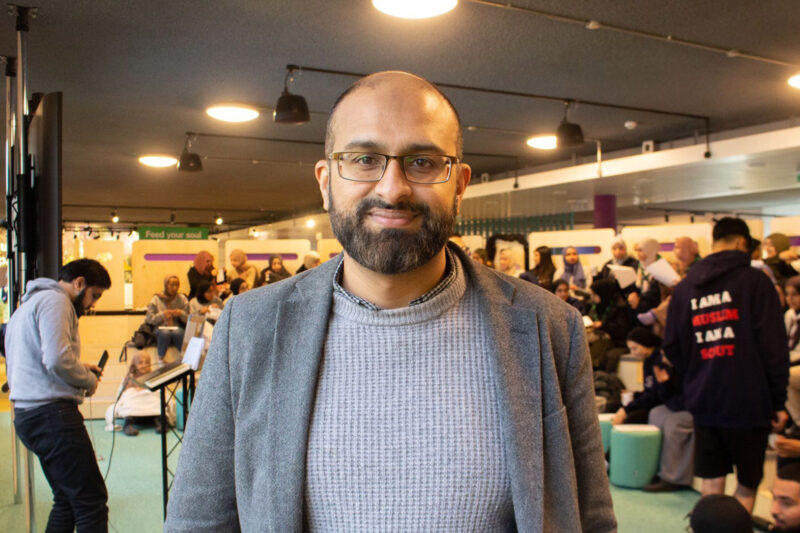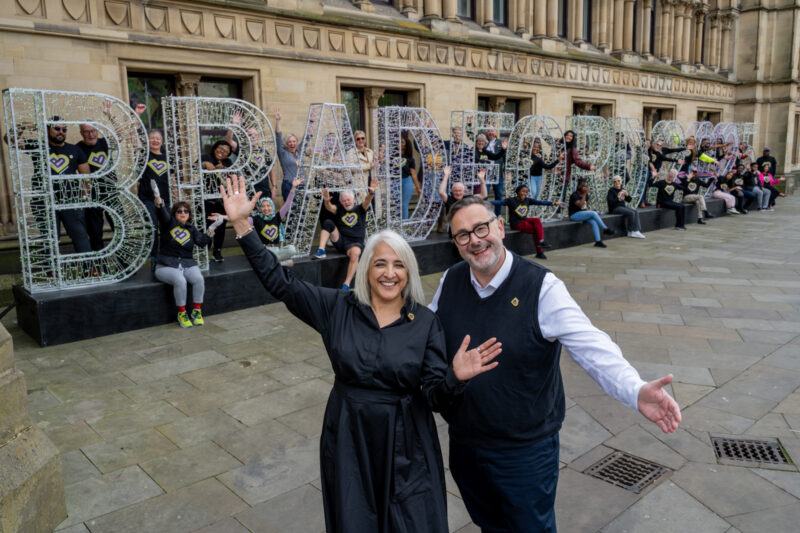
Fatima Rajina Q&A: ‘Language and clothing form a crucial part of our identity’
Dr Fatima Rajina’s new book explores the intersection of dress, language and migration among British Bangladeshis in east London. Photograph courtesy of Fatima Rajina
The academic on her research exploring the cultural heritage of British Bangladeshi Muslims in east London
Fatima Rajina still remembers her naniji picking her up from school as a little girl in Luton, her maternal grandmother dressed in a brightly-coloured sari, wrapped in a soft cardigan. The academic holds this distant memory as the foundation of her fascination with how cultural aesthetics within the Bangladeshi diaspora have transformed over the years.
That interest formed the basis of her new book, British Bangladeshi Muslims in the East End, focusing on the intersection of dress, language and migration. The study is based on Rajina’s PhD thesis at Soas University of London, a journey she began 12 years ago when she applied for a Nohoudh scholarship aimed at encouraging British Muslims to explore their own communities.
Now a senior lecturer at De Montfort University, her work explores the importance of identity and how the religious landscape has shaped the Bengali community. She speaks to Hyphen about her research, and the role of clothing and language among London’s Bangladeshi Muslims.
This interview has been edited for length and clarity.
How did you come to write the book?
The elders in my family always shared anecdotes of migration, consisting of tales of language and clothing, defining who they are today. This ultimately forms a crucial part of our identity, which has always fascinated me.
So when I had to put a proposal together for my PhD at Soas I started close to home with the Bangladeshi Muslim community and looked into how they are perceived. My plan was to go back to secondary school teaching German and Spanish, work my way up and eventually become a head teacher. But I secured the PhD and began in September 2012, and fast forward to now, I’m a senior lecturer.
Your book explores South Asian clothing. How did you become interested in that side of people’s identity and heritage?
Growing up I remember so many Bangladeshi women, particularly my naniji’s generation, whose everyday wear were saris, and they would put a thick jumper or a trench coat on top. The younger women, usually unmarried, were seen in their shalwar kameez. This is all part of the heritage identity that I was interested in exploring. The shalwar kameez, for example, appeared on the streets of Britain in the 60s, and led to the emergence of the stereotypes regarding South Asian women classified as orthodox and rigid in their “backwards” cultures when they should have adopted “local styles”.
I was also interested in when men wear their funjabis and lungis — a sarong-like garment, usually worn in a hot climate. I found that the male participants in my research would feel shy when speaking about the lungi because it’s an intimate piece of clothing, a bit like the kilt, without any undergarments. But this would be worn within the home and would be seen as crazy to wear in public. There’s something to be mentioned here about masculinity, where the lungi could be perceived as a skirt, it is projected as an effeminate garment.
Why is this particular theme important to you?
Whether it be media attention or academic literature, there’s been an obsessive focus on Muslim women and their dress choices. It became a fetish for the media landscape. We have already found that religious identity is more of a primary identity — for example, the hijab, niqab and the jilbab — but I became interested in the things we’re not seeing. I wanted to bring in an alternative perspective to the literature that, actually, yes, these people are Muslims, but they’re also Bangladeshi.
Sociopolitical moments have also had a major impact on Muslim identity, such as the 1999 nail bombings, the 7/7 attacks and the invasions of Iraq and Afghanistan. These events shaped people’s perception of Islam and their choices related to dress and identity. After these events, some of the women in my family started to wear the hijab with their South Asian attire, others completely discarded their ethnic clothing. I’ve noticed geopolitics and racism have made people question their sense of home.
In recent years traditional South Asian shops have been replaced by Islamic clothing shops, especially in areas like Brick Lane. What do you think is driving this trend?
We’ve seen a lot of trends through social media popularising clothing from the Gulf. But the idea that Islam is solely represented by traditional Gulf attire — like the white thobe for men and the black jilbab and hijab for women — is troublesome. This perspective flattens the diversity of the Arab world, ignoring the different styles and cultural expressions of regions — Moroccans, Yemenis, Syrians and Iraqis all have distinct aesthetic identities that reflect their culture and traditions.
You’ve also looked into the role of the Bengali language in east London communities, how can the language, specifically Sylheti, be revived?
I started observing how more and more British Bangladeshi parents are not sending their kids to Bangla fora (supplementary Bangla educational classes). One of the reasons the supplementary language schools were successful in the past was because there was a collective community effort. Multiple families came together and said, “You know what, I want my kids to learn Bangla, to read and write it”. It wasn’t just one sasa (uncle) who did everything. But we’ve got to keep in mind that family structures have changed.
There needs to be a collective effort if we want to retain the language, not just with these supplementary schools but within our families and people around us.
British Bangladeshi Muslims in the East End is published by Manchester University Press.
 Newsletter
Newsletter













